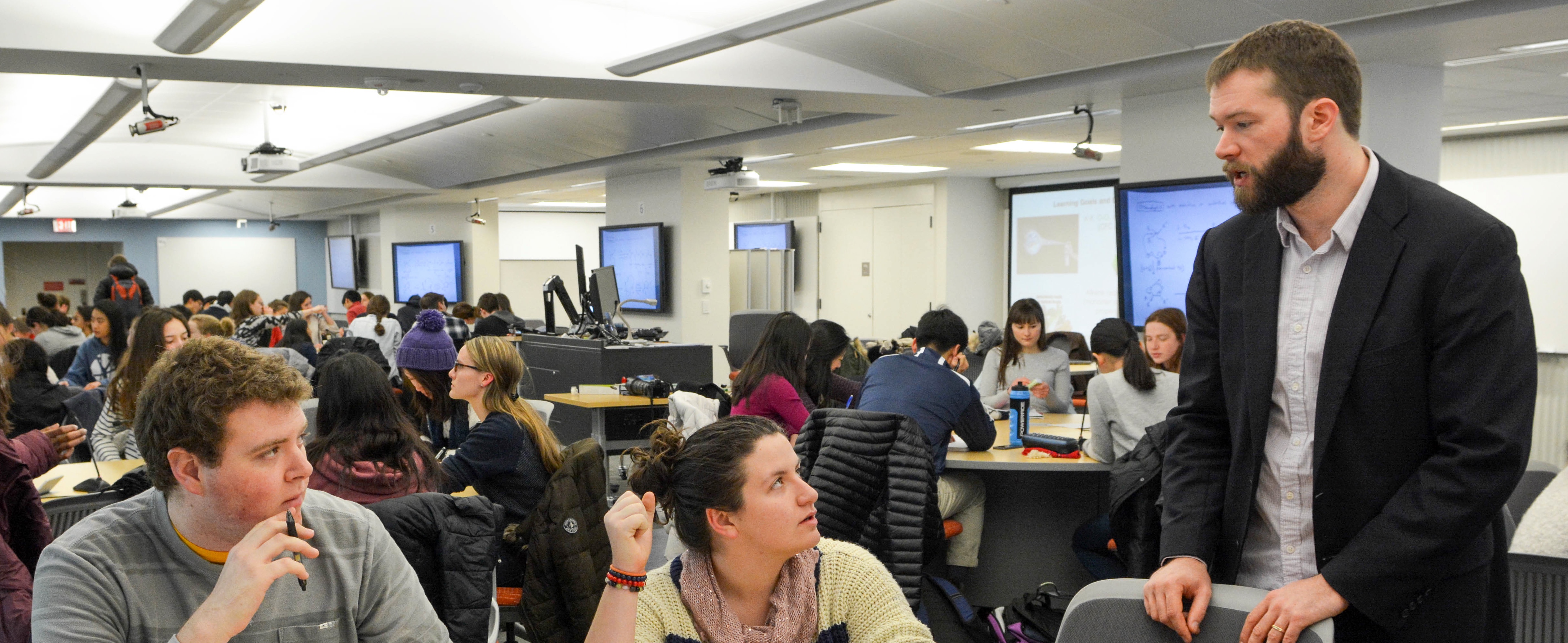References
Fox-Cardamone, L, and Rue, S. (2002). Students’ Responses to Active-Learning Strategies: An Examination of Small-Group and Whole-Group Discussion. Research for Educational Reform 8 (3): 3-15.
Hollander, J. (2002). Learning to Discuss: Strategies for Improving the Quality of Class Discussion. Teaching Sociology 30 (3): 317-327.
Lumpkin, A., Achen, R. M., & Dodd, R. K. (2015). Student perceptions of active learning. College Student Journal, 49(1), 121-133.
Pollock, P. H., Hamann, K., & Wilson, B. M. (2011). Learning through discussions: Comparing the benefits of small-group and large-class settings. Journal of Political Science Education, 7(1), 48-64
Vygotsky, L.S. (1962). Thought and Language. Cambridge, MA: MIT Press. (Original work published in 1934).



